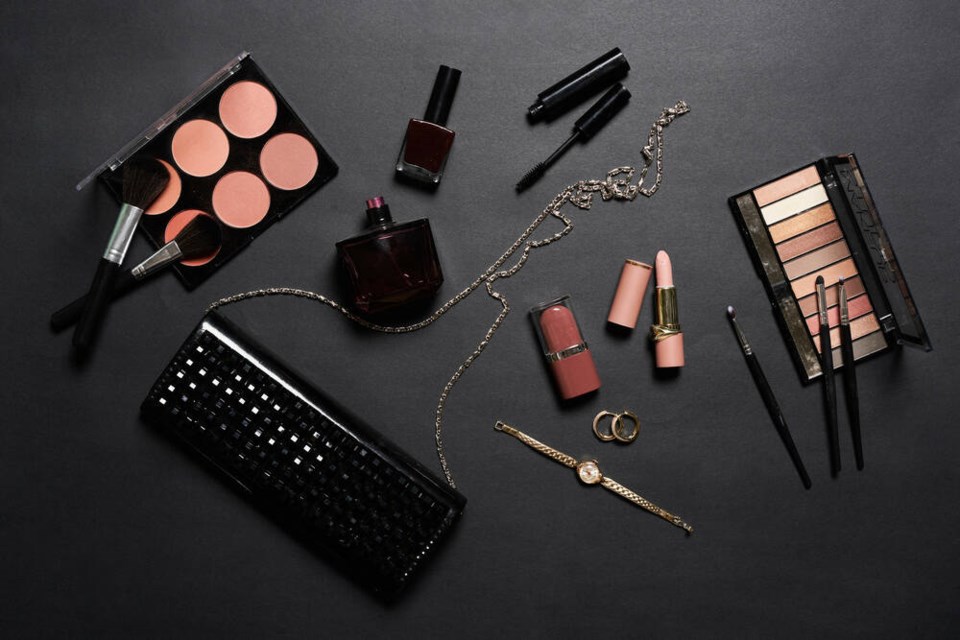Now that many organizations are back to the in-office or hybrid work model, some employers are making up for the past two years of virtual get-togethers, splashing out on special venues, dinners, dance parties, luncheons, entertainers, and so on.
And after two years of comparing ugly Christmas sweaters and silly hats over Zoom or Microsoft, the pressure is on for people to dress to match the tone set by their employers. Employees are digging through their closets for stylish party wear or taking advantage of cyber week sales to splurge on new outfits, cologne, day-of hair styling, and makeup.
The coming weeks will once again present a parade of taste both good and bad.
Cultural norms for beauty and fashion have long been an accepted form of control. They pressure often otherwise-rational people into plucking, sucking, pinching, padding, painting, teasing and squeezing themselves into fitting in. The results are often looks that, viewed decades later, seem strange, ghastly or downright hilarious.
The big-hair, tucked-in sweaters and tinted lenses of the 1980s give today’s youngsters reason to snigger over grandparents’ high school photos. Pictures of Hollywood stars from the 1930s and ’40s show high-arching painted-on eyebrows that give the women a look of perpetual astonishment — or perhaps vacuousness was the look the trendsetters were aiming for.
You can go further back in time to hoop skirts, luxuriantly long and curly wigs for men or women, padded bottoms, boobs, lips, hips, shoulders, and so on. At just about any time in history in just about any (ahem) civilized society, people have found ways to make their compatriots do bizarre things to themselves in the name of “lookin’ good” — or, as the Julia Child character in Julie Julia says, looking “good enough.”
And fashion isn’t all benign. In many cases, it serves to keep segments of a population socially controlled and economically constrained. Think foot binding, hobble skirts or 19th-century corsets.
How can you support yourself with work if you can barely stand, bend, move or breathe? How can you run from a bad situation when your feet are deformed, your skirt is so tight you can only mince along, or you can’t even take a breath to scream.
Or maybe you have so much paraphernalia piled atop your head – taxidermy, model ships, glassware, kilograms of other people’s hair — that you sprain your neck. Or your heels are so high, you risk breaking your ankle or injuring your back.
There are so many examples of so many ways that people have allowed contemporary fashion sense to overcome good sense.
The makeup of many personal care products today is similarly questionable. Many lipsticks attain their brilliant and lasting shades thanks to lead. Many shampoos, soaps and cosmetics contain harmful chemicals that persist in the body and the environment.
These chemicals cause inflammation and can damage our organs. They can cause cancer, weight gain and metabolic disease. They can disrupt how our bodies detect and regulate hormones. They can lead to allergies and infections, impair the nervous system, impede brain development in children, and more.
Almost all commercial perfumes or products with fragrance or parfum contain hormone-disrupting phthalates.
According to a study published early this year, people who work in nail salons in Canada are exposed to higher levels of some chemicals — including flame retardants — than electronic waste workers are. Researchers found exposures for some chemicals up to 30 times higher among nail salon workers compared to exposures in homes, and up to 10 times higher than in e-waste-handling facilities.
This should make us think about what we’re doing not just to these people but to ourselves. Some hair dyes have been found to contribute to liver damage, and most contain more hormone-disrupting chemicals.
Although many of the most concerning per- and polyfluoroalkyl substances, water-resistant “forever chemicals,” are no longer used in beauty products in Canada, in some cases they’ve merely been replaced with other chemicals that may be just as harmful.
In 2020 and 2021, for example, researchers purchased 38 beauty products readily available in Canada and online that contained organofluorinated compounds and analyzed them for older types of these chemicals. All the samples were found to contain measurable levels, but some of the detected compounds weren’t listed as ingredients. How can we avoid them if we don’t know they’re there?
As the holiday season fashion show begins, there’s something to be said for casual get-togethers, where people are encouraged to be comfortable and to show up as their own authentic selves — whatever that looks like.
keiran_monique@rocketmail.com



